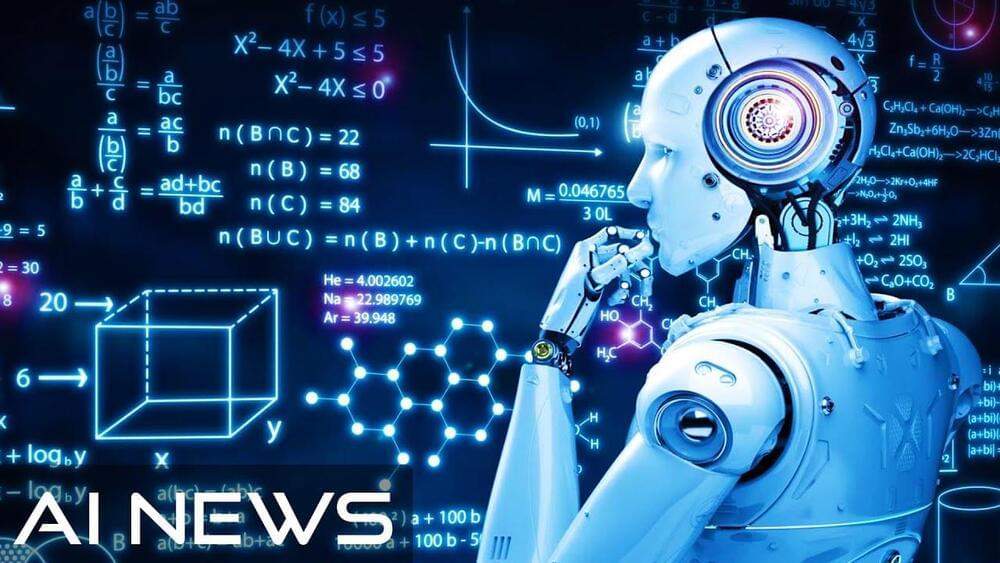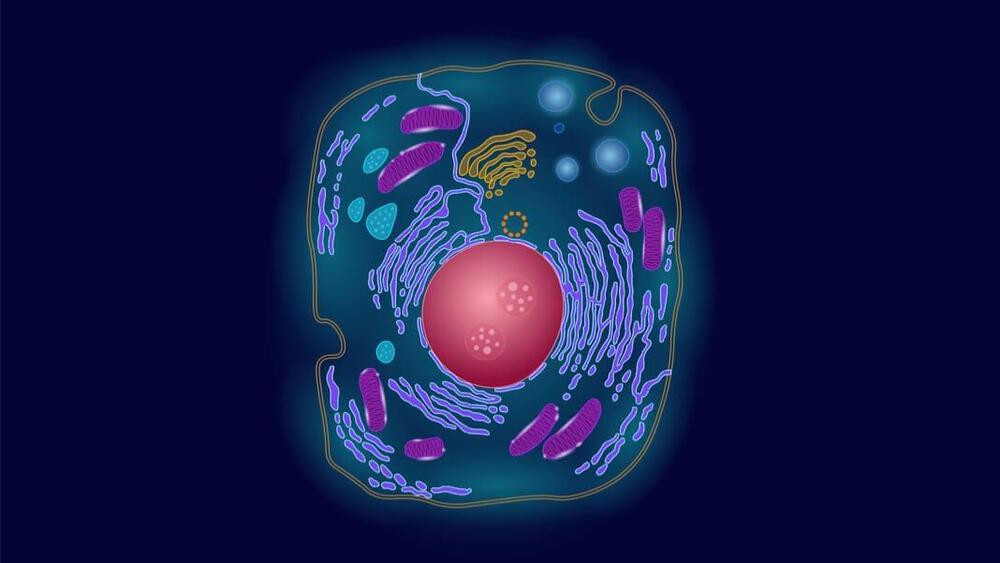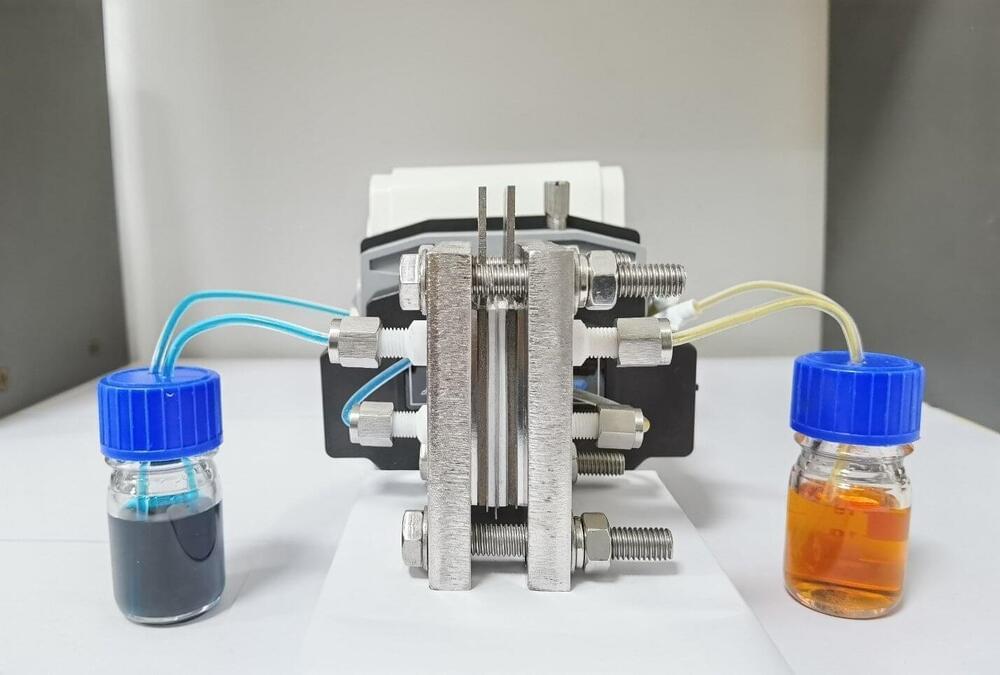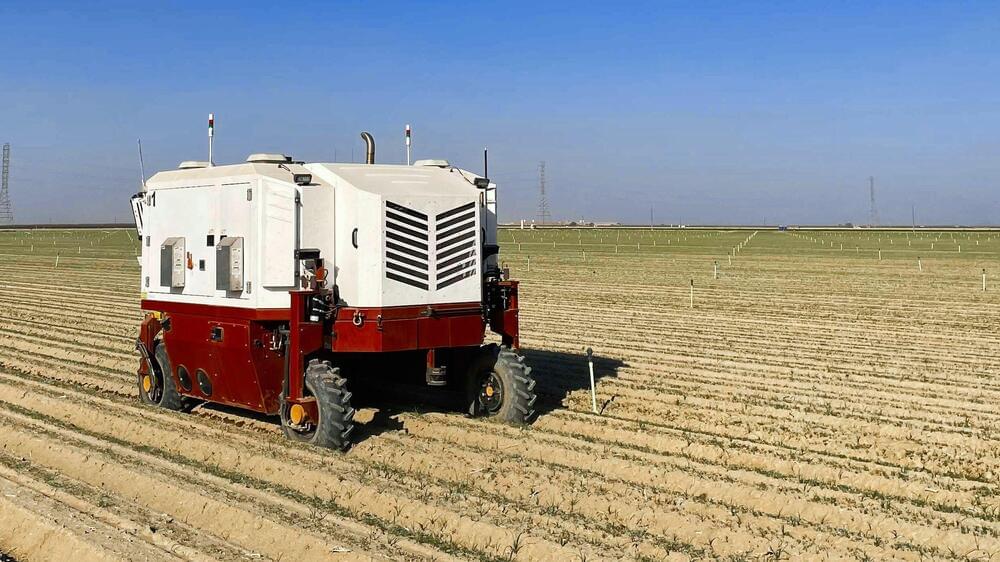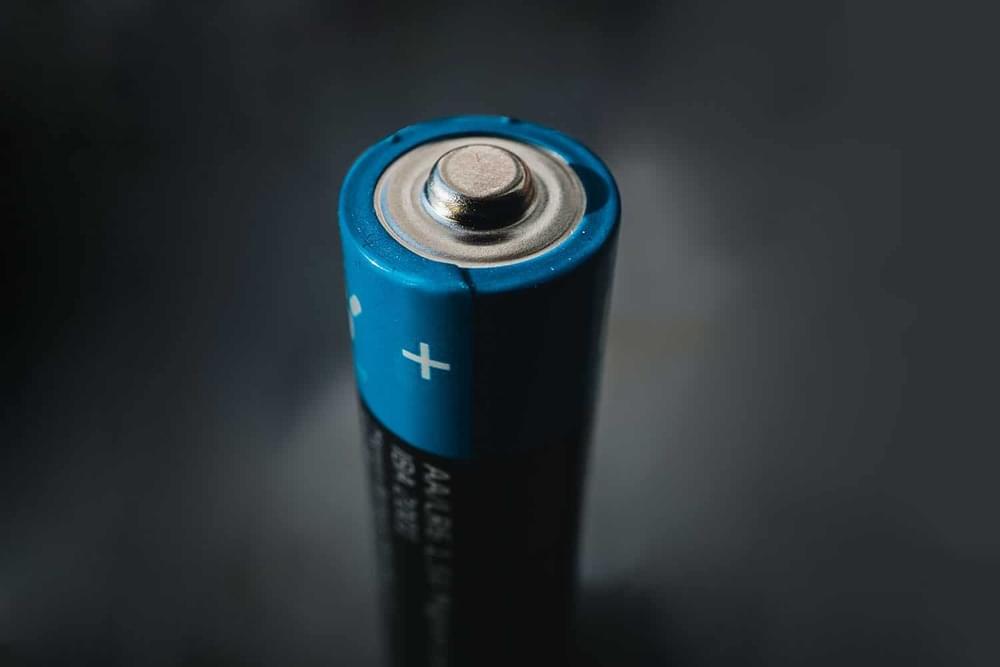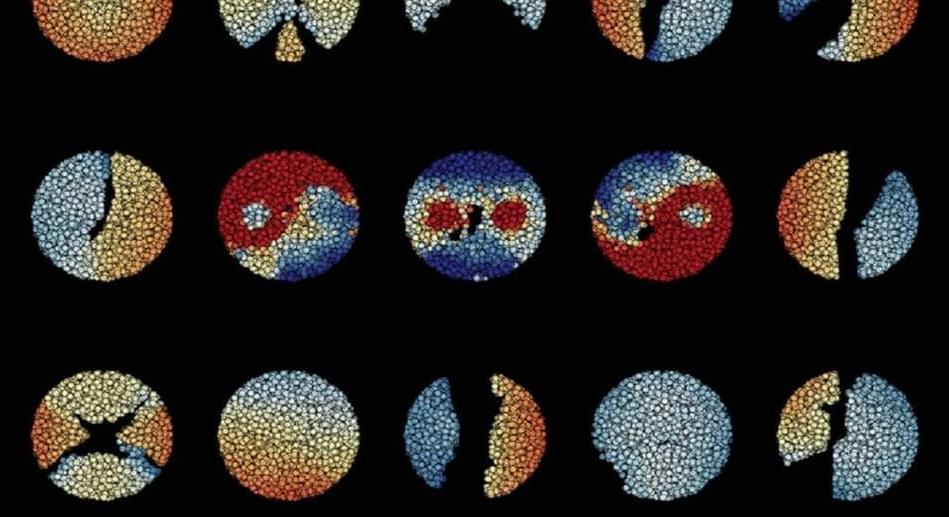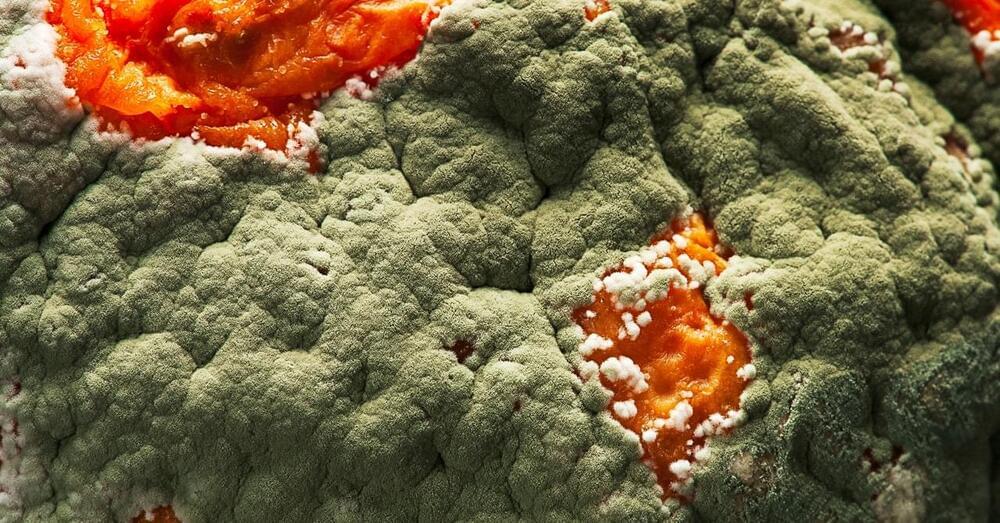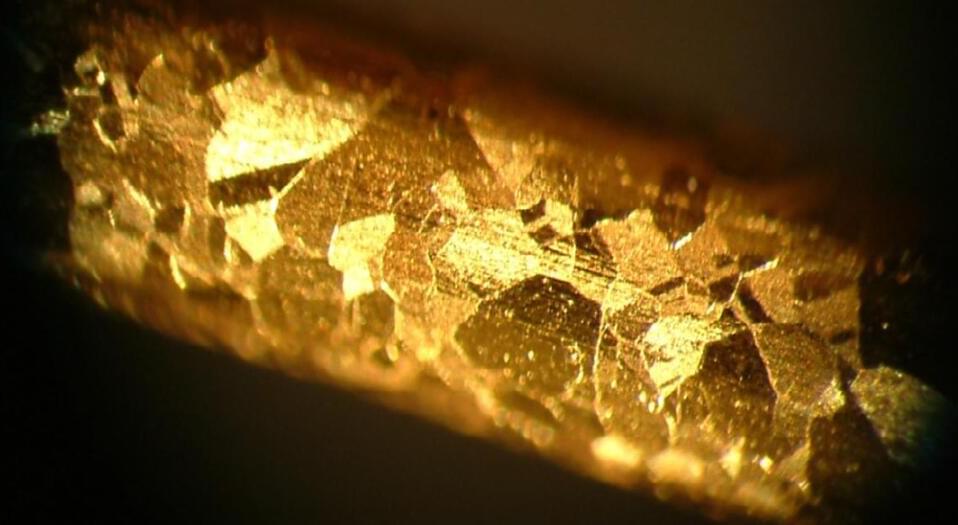Artificial Intelligence’s biggest Problems is their inability to keep on learning after they’ve completed their training. But now, Google’s Deepmind has created a Meta-Learning AI which keeps on learning and improving indefinitely without any Human supervision. Deepmind created the AI Game: Alchemy, which is a chemistry-based game for AI Agents to play and improve in. But Artificial Intelligence improving without limits also puts some concerns into AI researchers focused on deep learning.
There has been rapidly growing interest in meta-learning as a method for increasing the flexibility and sample efficiency of reinforcement learning.
–
If you enjoyed this video, please consider rating this video and subscribing to our channel for more frequent uploads. Thank you! smile
–
TIMESTAMPS:
00:00 The Ultimate kind of AI?
01:02 What is Meta-Learning in AI?
02:24 Alchemy AI Agent.
04:02 How Meta-Learning solved AI Problems.
06:32 What are the dangers of this AI?
08:29 Last Words.
–
#ai #metalearning #singularity
